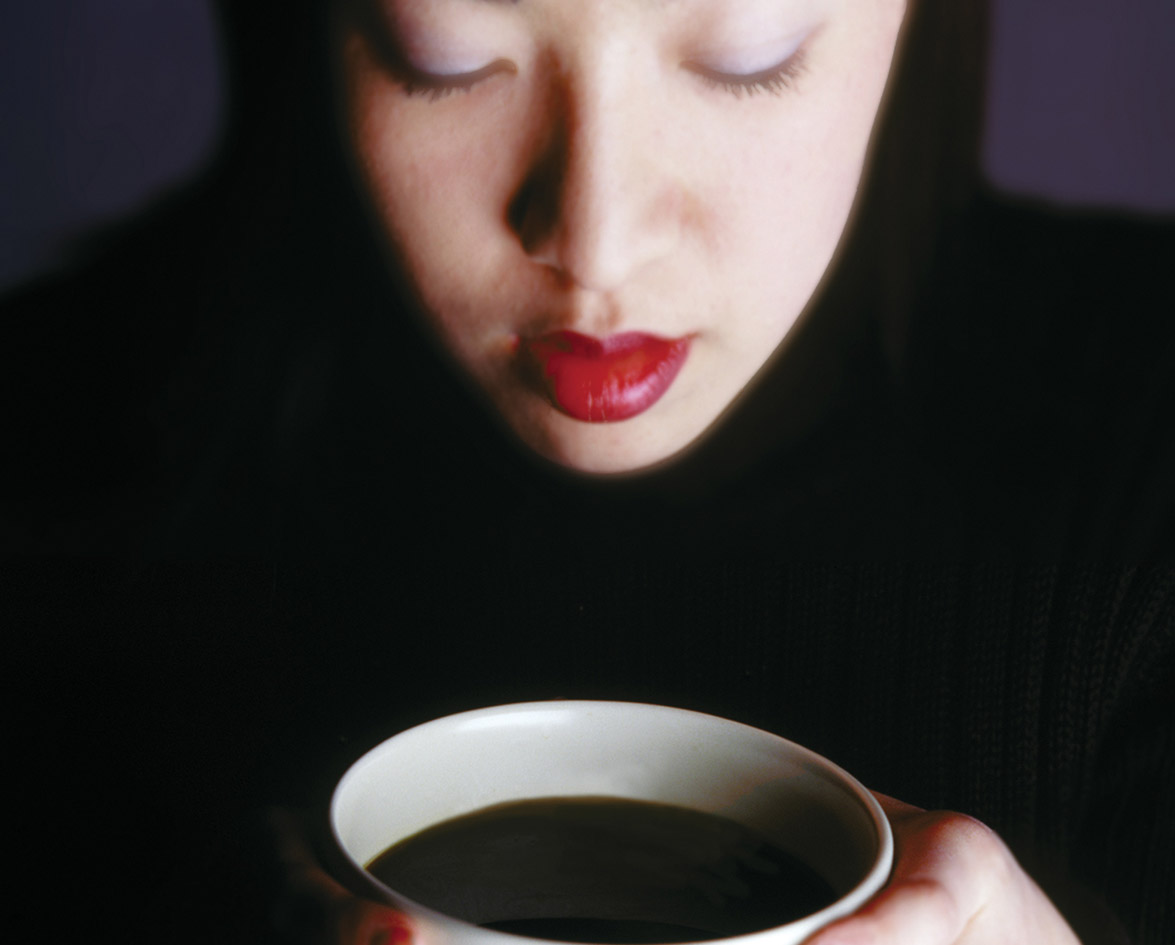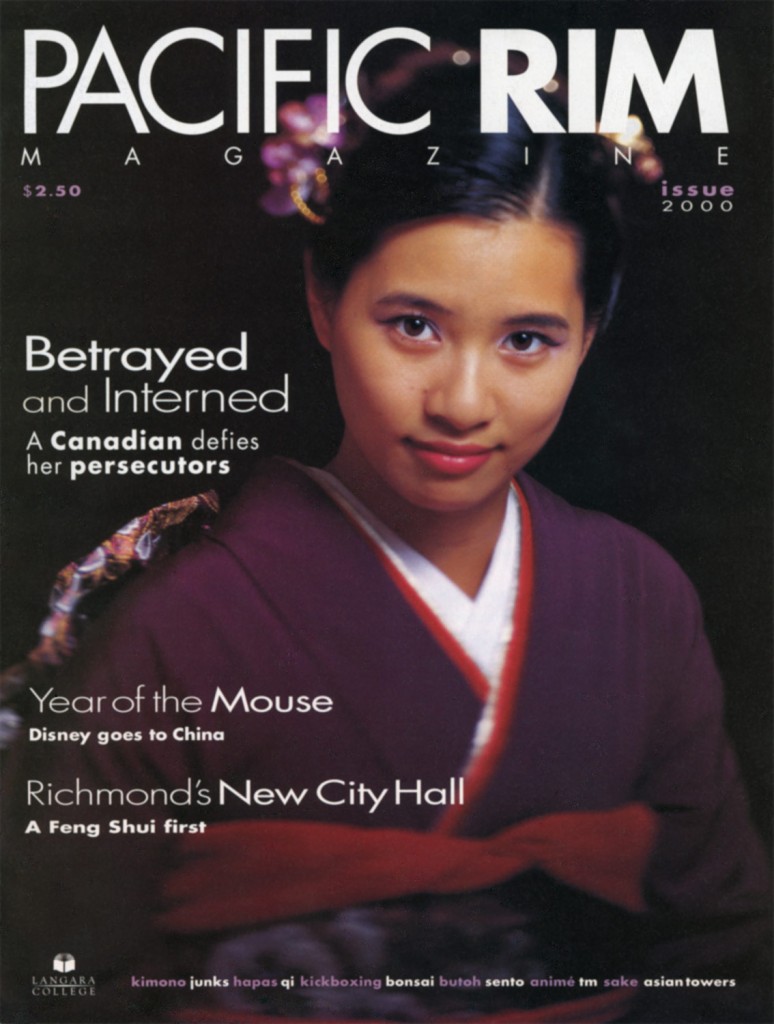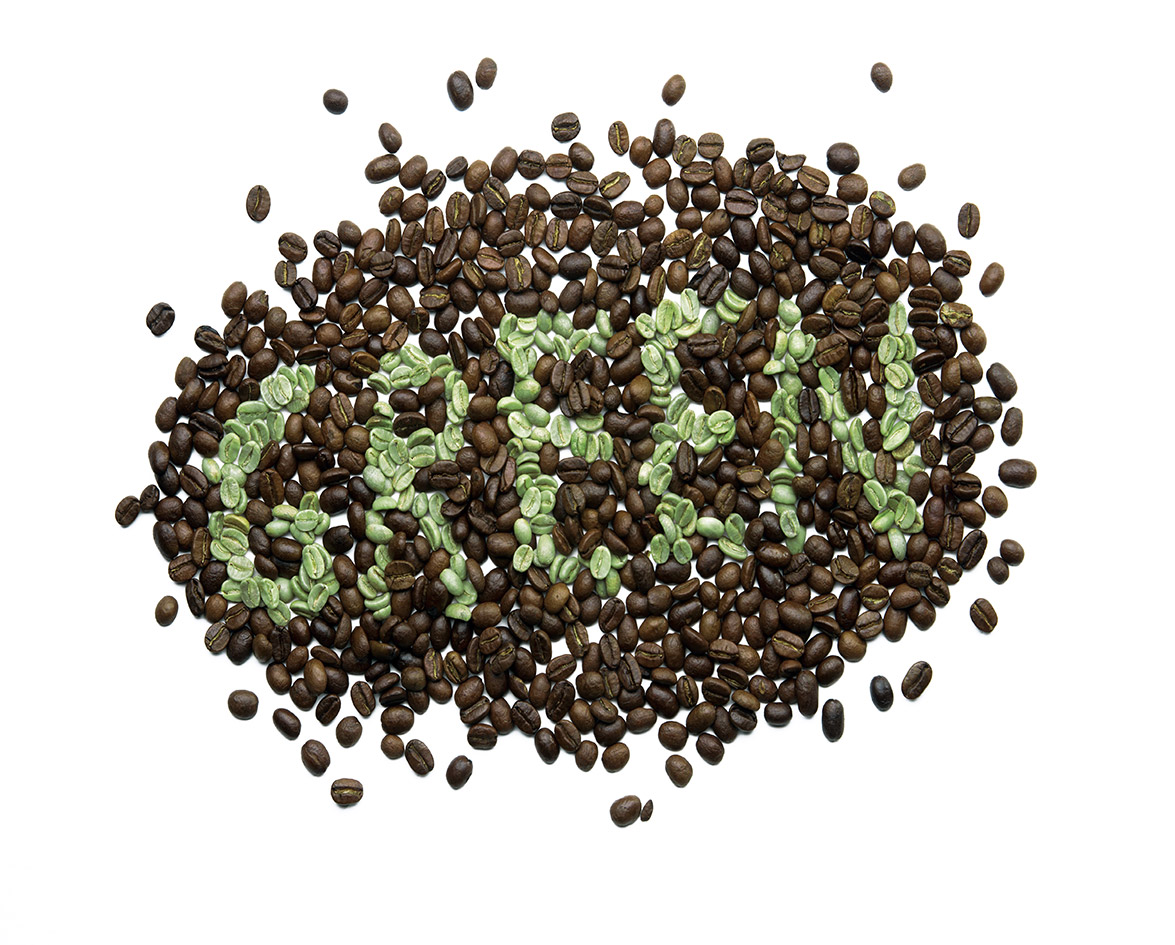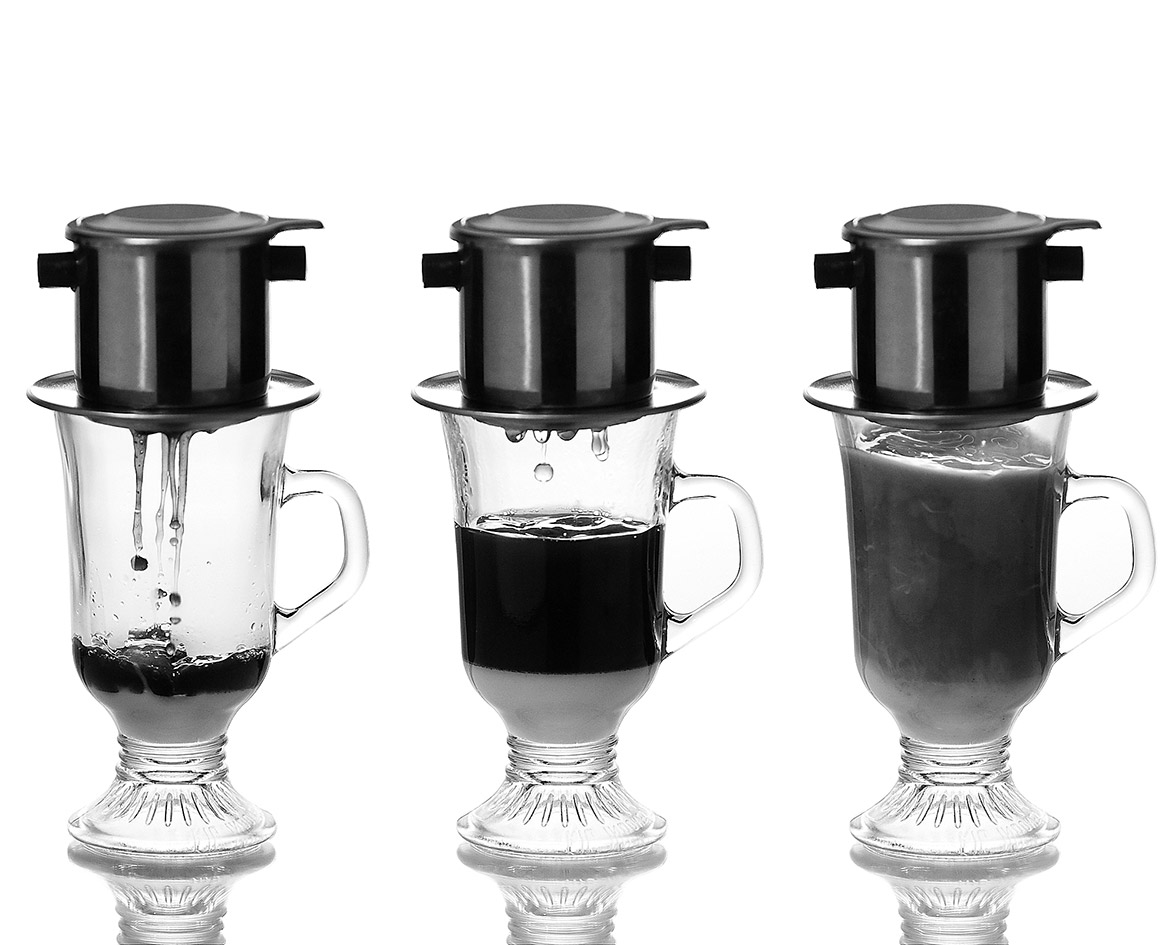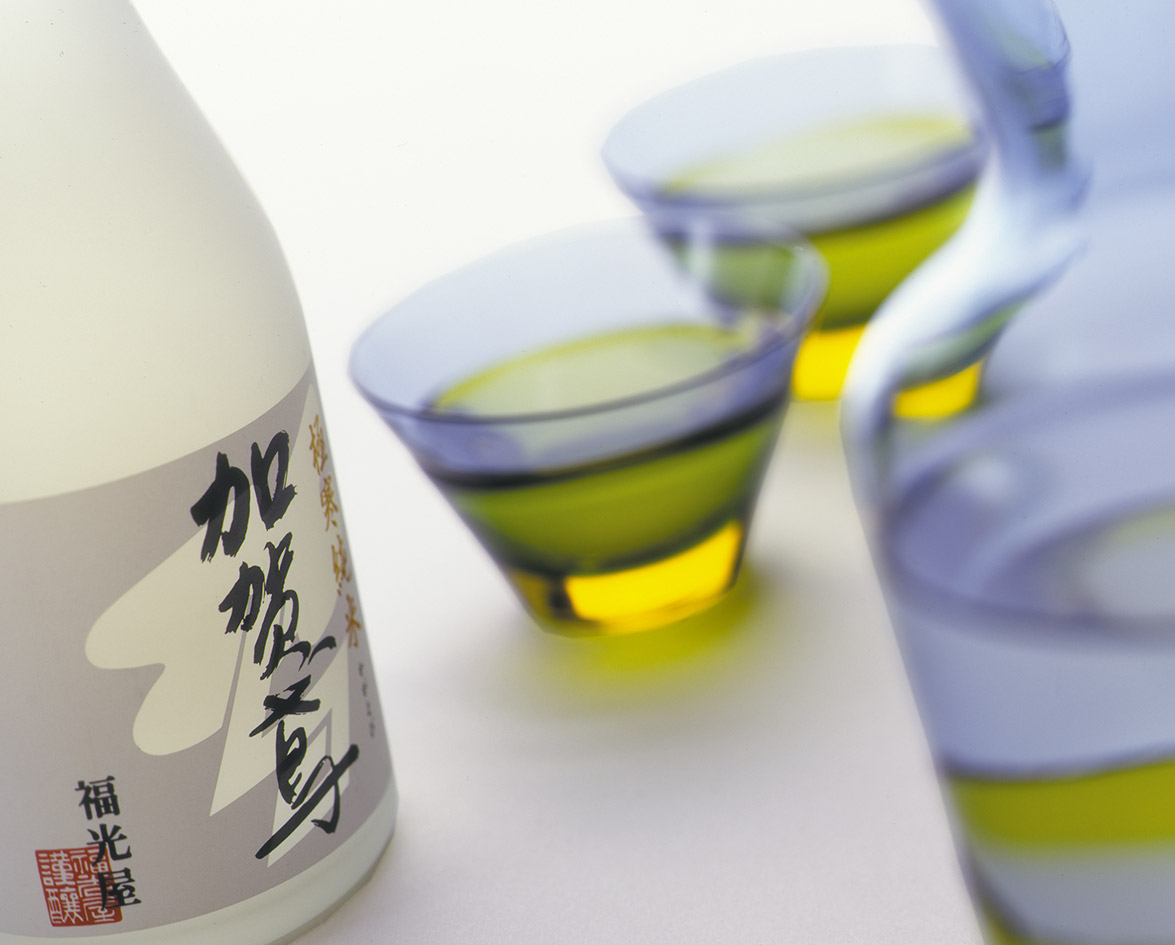“Indonesian coffee is all the rage,” says Starbucks barista, Helen Ker.
This is good news for the 11 million citizens of the Southeast Asian archipelago whose livelihoods depend on sales of the beverage. They are fortunate that their islands produce a bean valued for its smooth, full-bodied flavour, and unique taste.
And what a precious bean it is. Given that it takes five years to grow a coffee tree that will sprout beans, and each tree only gives up enough beans per year to produce 2.2 kilograms of the roasted good stuff, it is not surprising that average Indonesian plantation yields are small. In fact, farmers must often combine their crops, which is a plus for the consumer. Mixing the harvests can intensify the special characteristics of the beans.
The beans actually come from the fruit of the coffee tree. The fruit is crimson red at harvest time, each cherry a little larger than a cranberry. One cherry contains two green beans. The beans are separated from the fruit in a process called hulling. But before that can be done, the cherries must be dried.
The traditional method involves laying cherries out on the ground for ten days to tan in the sun while attendants turn them hourly. The beans absorb the exotic flavours of the environment—the dank scent of leafy mulch, and the tang of rich volcanic soil.
Considering that it is our nose, more than our taste buds, that renders the final verdict on what we think of a cup of joe, it is no wonder that the Indonesian drink is making such a splash in mugs around town. Each sip is like a walk through a Javanese rainforest.
Here’s mud in your eye, Juan.





